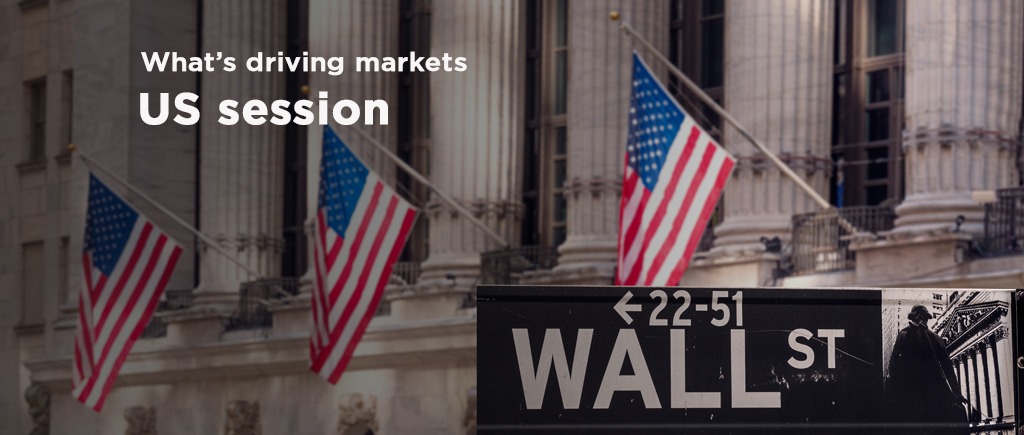The US session has been a big arena for volatility with beginning of the trading week. The US dollar has managed to edge higher up to 106.74 on Monday, slightly recovering from a three-and-a-half month low of 105.32 as investors are concerned about the pro global economic slowdown and the spread of coronavirus infections in China.
Risk aversion weighed on high beta currencies such as the sterling, AUD and Euro. The lockdowns may make it challenging for China to achieve its forecast economic growth which will also have implications for global economic growth according to analysts.
In late afternoon trading, the S&P 500 retreated by 1.59%. The Nasdaq Composite declined 1.5% while Dow Jones Industrial Average was down 1.44%.
EUR/USD was down some 0.44% falling to a low of 1.0333 from a higher of 1.0496. GBP/USD dropped to 1.1940 from 1.2117. AUD/USD sank to 0.6642 from 0.6727.
The yield on the US 10-year note was up 3bp to 3.71%. Oil prices dropped to their lowest level in nearly a year, but then rebounded as the lower prices ignited demand. WTI crude oil was up 0.5% to $76.93. Gold fell 0.7% to $1,741.02/oz. BTC/USD was down 1.2% and near the low of the day at 16,004.
Economic Data
The Dallas Fed released its Texas Manufacturing Outlook Survey for November. The latest general business activity index came in at -14.4, down 5 from last month. All figures are seasonally adjusted.
Other Developments
Fed’s policymakers gave remarks and significant statements on Monday and their hawkish stance dampened the overall market sentiment. There was a growing thought that the Fed would opt to slow interest rate hiking pace soon for some kind of assessment. This thought has been scattered instead due to a tight labour market. Fed’s James Bullard said that this gives the Fed a license to pursue a disinflationary strategy now.
Fed’s John Williams on Monday said that he believes the Fed will need to raise rates to a level sufficiently restrictive to push down on inflation, and keep them there for all of next year:
Earlier this month, the Fed delivered its fourth straight 75 basis point rate increase and pushed borrowing costs to the highest since 2008 to tame stubbornly high inflation. Financial markets are now pricing in a 70% chance that the central bank would deliver a smaller 50-bps rate hike in December.
Also Read
Fed’s Brainard: Successive supply shocks a challenge for central banks
EUR/USD extends risk-off decline towards support territories
Fresh decline of gold on stronger US dollar
USD/CAD climbs to 1.3460 on risk aversion
Fed’s Bullard: Recession is not inevitable
Wall Street witness limited losses on Amazon’s gains
 Noor Trends News, Technical Analysis, Educational Tools and Recommendations
Noor Trends News, Technical Analysis, Educational Tools and Recommendations





